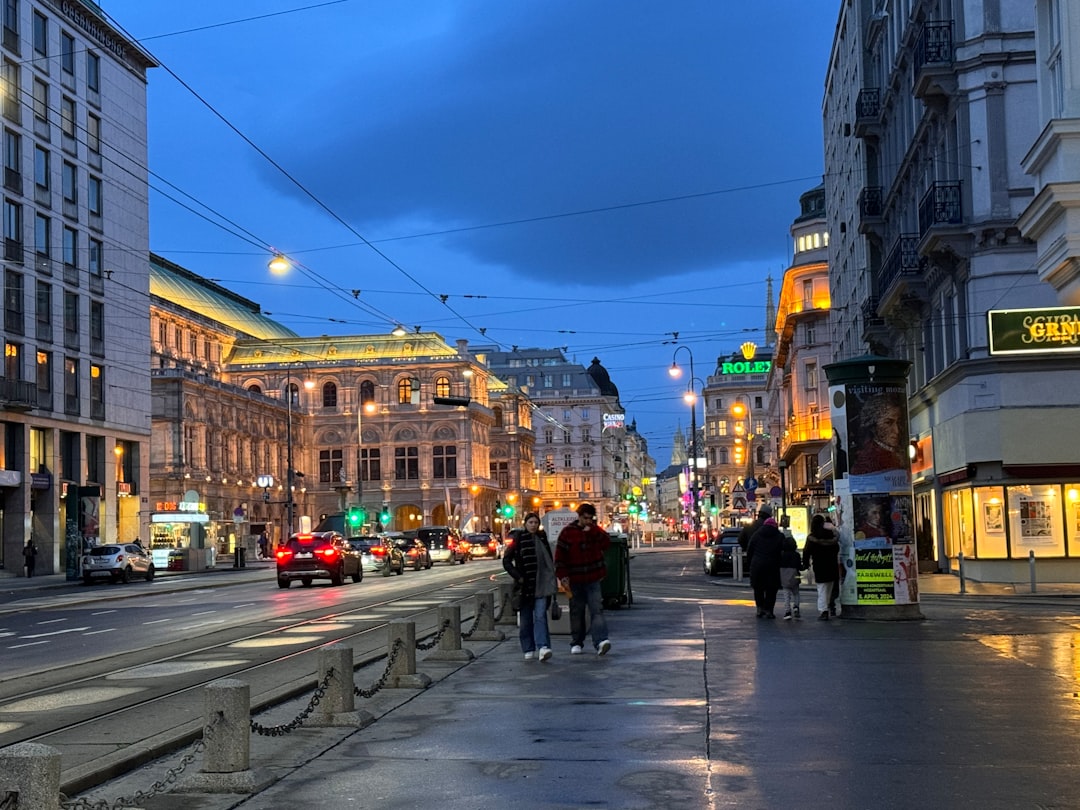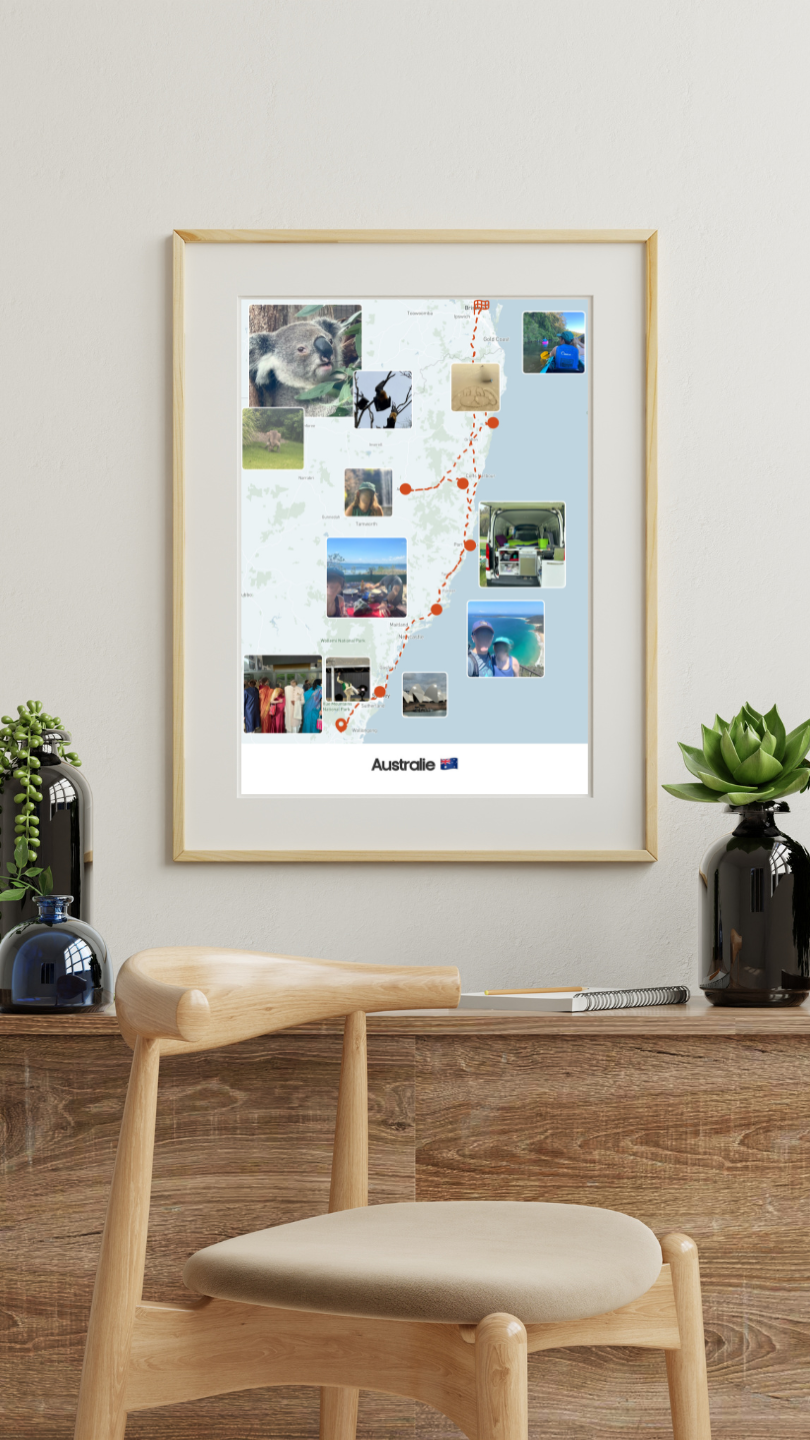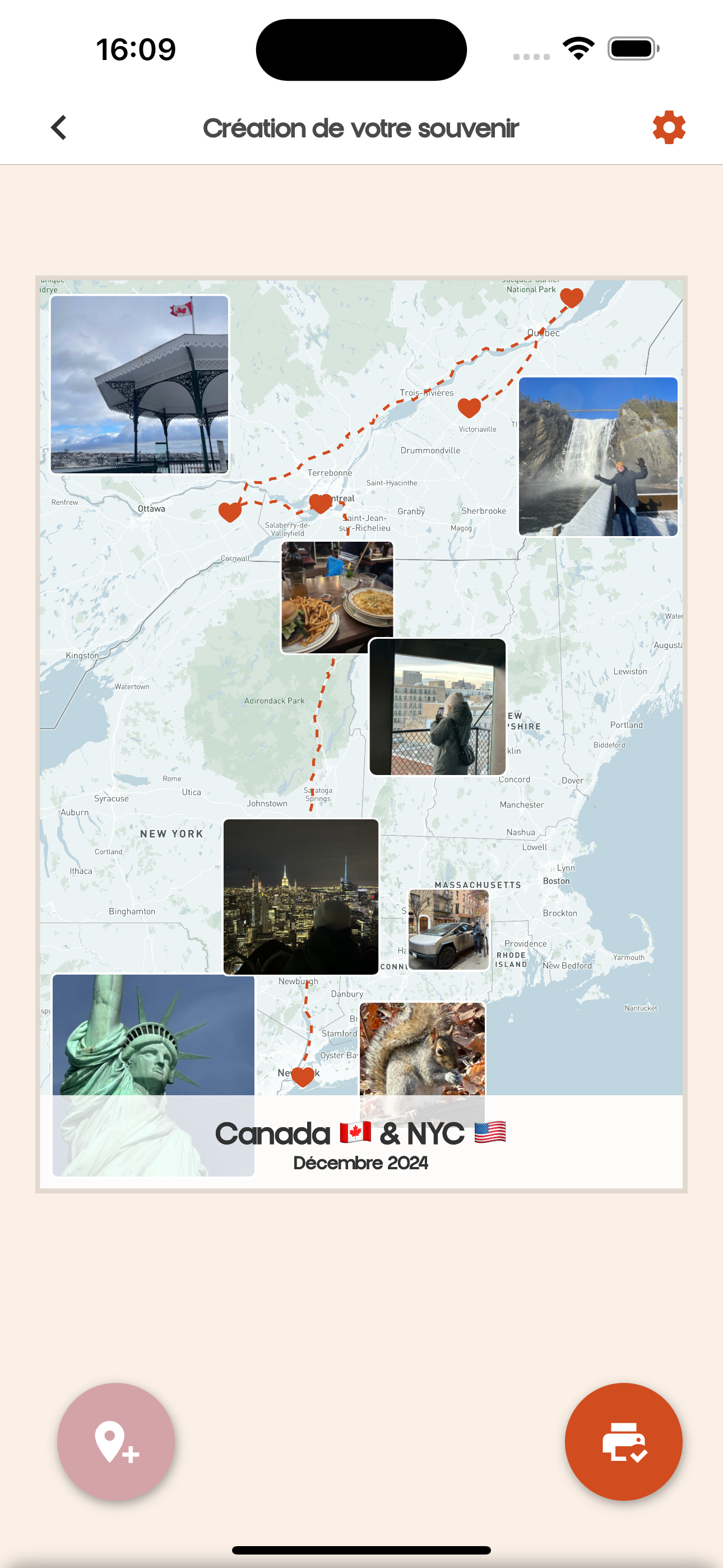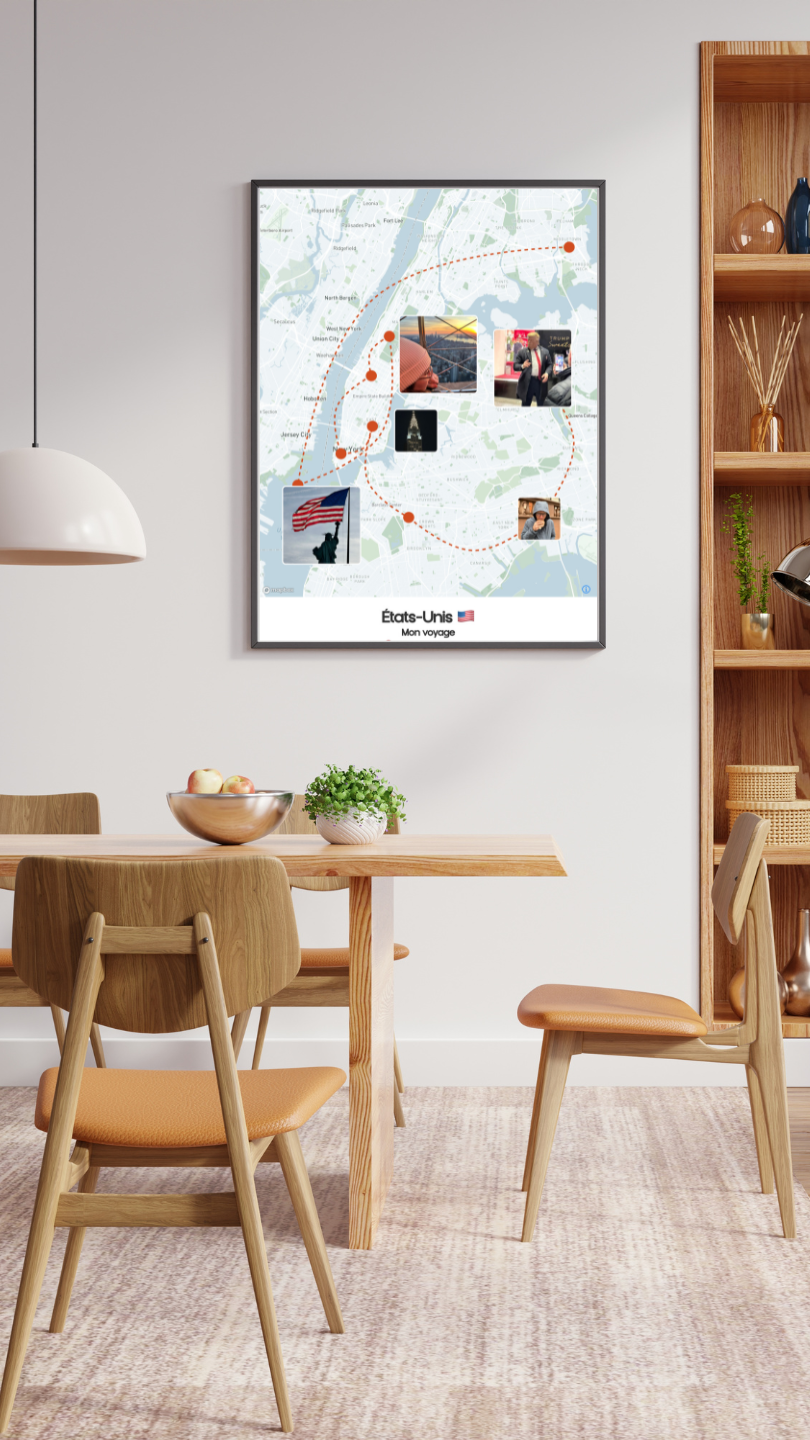Road trips are an amazing way to uncover the hidden wonders of Europe. Whether you’re into natural landscapes, ancient historic cities, or local cuisine, Europe is teeming with destinations that promise you an unforgettable adventure on the road. In this article, we will explore the best destinations for a road trip in Europe, providing you with practical tips to make the most of your journey. 🚗💨

Introduction - Discover the Best Destinations for a Road Trip in Europe 🌍
1. The Wine Route in Alsace - Best Destinations for a Road Trip in Europe
The Wine Route in Alsace is one of the top recommendations for a road trip in France. Spanning over 170 km, this picturesque route takes you through charming villages and vineyards. Don’t miss stopping at Riquewihr and Colmar, known for their medieval architecture. Enjoy tastings of local wines and delightful regional cuisine. 🥂🍇
2. The Amalfi Coast - Best Destinations for a Road Trip in Europe
The Amalfi Coast in Italy offers breathtaking views along the Mediterranean. Traverse colorful villages like Positano and Amalfi, with their pastel-colored houses. Each twist of the road provides a new perspective of the shimmering sea. Don’t forget to stop for delicious Italian cuisine and perhaps take a boat trip to admire the coast from the water. 🌊🏖️
3. The Scottish Highlands - Best Destinations for a Road Trip in Europe
The Highlands of Scotland are a true paradise for nature lovers. With their majestic mountains, serene lochs, and historic castles, a road trip here is unforgettable. Drive along the famous North Coast 500 and explore stunning landscapes. Adventure seekers might even try to catch a glimpse of the Loch Ness Monster. 🏞️🏰
4. The Ring of Kerry in Ireland - Best Destinations for a Road Trip in Europe
The Ring of Kerry is an iconic route that allows you to discover the best of Ireland. This 179 km circuit offers spectacular panoramas of mountains, lakes, and the coast. Stop at key places like Killarney and Sneem to experience authentic Irish culture. 🍀🌄
5. The Carpathian Route - Best Destinations for a Road Trip in Europe
The Carpathians, although less known, offer enchanting landscapes and great cultural richness. This road trip takes you through Romania, with stops at historic cities like Sibiu and Bran (Dracula's castle). Enjoy the wild nature and quiet of the mountains while exploring rich heritage. 🏔️🏰
6. The Trollstigen Route in Norway - Best Destinations for a Road Trip in Europe
Trollstigen, or the Troll Road, is a famous route in Norway, known for its hairpin bends and breathtaking views. Drive along waterfalls and admire stunning fjord vistas. Don’t forget to visit the Trollstigen viewpoint, where you can capture memorable photos! 🌨️🏞️
7. The Costa Brava in Spain - Best Destinations for a Road Trip in Europe
The Costa Brava in Spain invites you to discover beautiful beaches, small coves, and picturesque villages. Travel through the region starting from Barcelona, then head to destinations like Tossa de Mar and Cadaqués. Enjoy Catalan cuisine and water activities. 🏖️🍤
8. Route 66 in Europe - Best Destinations for a Road Trip in Europe
Although Route 66 originates in the United States, several European countries have their own version of iconic roads. For instance, the Great Alpine Road in France or the Strada Statale 163 in Italy can evoke that sense of freedom. Travel these routes and discover the contrasts between the mountains and the sea. 🚙🏔️
9. The Castle Route in Scotland - Best Destinations for a Road Trip in Europe
For history enthusiasts, the Castle Route in Scotland allows you to visit some of the country's most beautiful castles. Start in Edinburgh and stop at Stirling, Linlithgow, and other iconic castles along the way. Immerse yourself in Scottish history while admiring impressive landscapes. 🏰🏴☠️
10. The French Riviera - Best Destinations for a Road Trip in Europe
The French Riviera, with its golden beaches and glamorous villas, is perfect for a summer road trip. Explore iconic cities like Nice, Cannes, and Saint-Tropez. Enjoy the sun, sea, and delicious Mediterranean dishes. Don’t miss local markets for unique souvenirs! 🏖️☀️
Conclusion - The Best Destinations for a Road Trip in Europe Await You!
Europe offers a multitude of ideal destinations for an unforgettable road trip. Whether you choose coastal landscapes, majestic mountains, or charming villages, each itinerary promises unique memories. So, prepare yourself and hit the road for your European adventure! 🌍🚗
FAQ - The Best Destinations for a Road Trip in Europe
1. What is the best time for a road trip in Europe?
The best time to take a road trip in Europe is generally between May and September. During these months, the weather is milder and most tourist attractions are open. To avoid the crowds, consider traveling in early spring or late summer. Also, check temperatures based on regions: Southern Europe, like Spain and Italy, can be extremely hot in mid-summer, while the North, like Scandinavia, can be cooler. Also keep in mind local holidays and school breaks that can influence tourist numbers.
2. What documents do I need for a road trip in Europe?
For a road trip in Europe, be sure to bring the following documents: your driver’s license, an ID card or valid passport, and your vehicle insurance card. If you are traveling abroad, getting an international driver's permit may be wise. Also check whether vignettes or tolls are required for the countries you'll be visiting. Lastly, don’t forget a map or up-to-date GPS to orient yourself effectively.
3. How do I choose the right itinerary for my road trip in Europe?
Choosing the right itinerary for your road trip in Europe depends on several factors: your interests, the time available, and the countries you wish to visit. Start by researching destinations that appeal to you the most. You can also plan a loop route to return to your starting point. Be sure to include a balance between major cities and rural areas to fully enjoy Europe’s diversity. Additionally, it’s essential to take into account driving duration, so you won’t be too tired during trips.
4. Is it better to rent a car or use a campervan for a road trip?
The choice between renting a car or using a campervan depends on your personal preferences and travel style. If you want more flexibility to explore and make spontaneous stops, a campervan can be ideal. However, it may be more expensive in terms of fuel and parking. Conversely, a rental car is easier to drive and could be cheaper, but you’ll need to find accommodation each night. That said, both options can provide memorable experiences.
5. What are some tips for saving money during a road trip in Europe?
During a road trip in Europe, here are some money-saving tips: travel outside peak tourist season, book your accommodation in advance, use public transport whenever possible, and eat at local markets instead of tourist restaurants. Additionally, pack your own food for journeys and look for free or low-cost activities at each destination. By planning wisely, you can maximize your budget while enjoying the trip.
6. What should I do in case of an emergency on the road?
In case of an emergency on the road, such as a car breakdown or accident, it’s crucial to remain calm. Contact your car insurance provider for information on procedures. Have the emergency numbers for your rental car handy, as well as the local emergency number. Additionally, having a first aid kit in your vehicle, as well as jumper cables, is beneficial. Be prepared and informed so you don’t panic in unforeseen situations.
7. Are there travel restrictions in Europe?
Yes, Europe has regulations and travel restrictions that can vary by country. Be sure to be informed about entry requirements, including visas, vaccinations, or COVID-19 testing. Some countries also have traffic restrictions during certain hours or on certain roads, particularly in urban areas. It is important to check with local authorities before you leave to avoid issues and comply with existing laws.
8. What are the best apps for a road trip in Europe?
Several apps can make your road trip in Europe enjoyable and smooth. Among the most popular are Google Maps for navigation, Roadtrippers for itinerary planning, and Booking.com for your accommodation reservations. Furthermore, apps like Waze can help you avoid traffic jams and find gas stations. Finally, translation apps like Google Translate can facilitate interactions with locals.
9. Can I hitchhike during my road trip?
Hitchhiking can be possible, but it varies by country and culture. Generally, in some European countries, it’s more accepted than in others. If you plan to hitchhike, choose safe and busy locations, such as service stations or rest areas. Always be respectful, and be aware that some people may not stop. Prepare yourself also for varying wait times and to explain your route to drivers who stop.
10. What are the best off-the-beaten-path destinations for a road trip?
If you’re looking for less touristy destinations, consider places like Transylvania in Romania, Slovenia with its Lake Bled, or the Cotswolds villages in England. Albania with its still-preserved beaches or the hills of Andalusia in Spain can also provide excellent alternatives to mass tourism. These destinations offer natural beauty and authenticity that allow you to discover Europe in a unique way.






